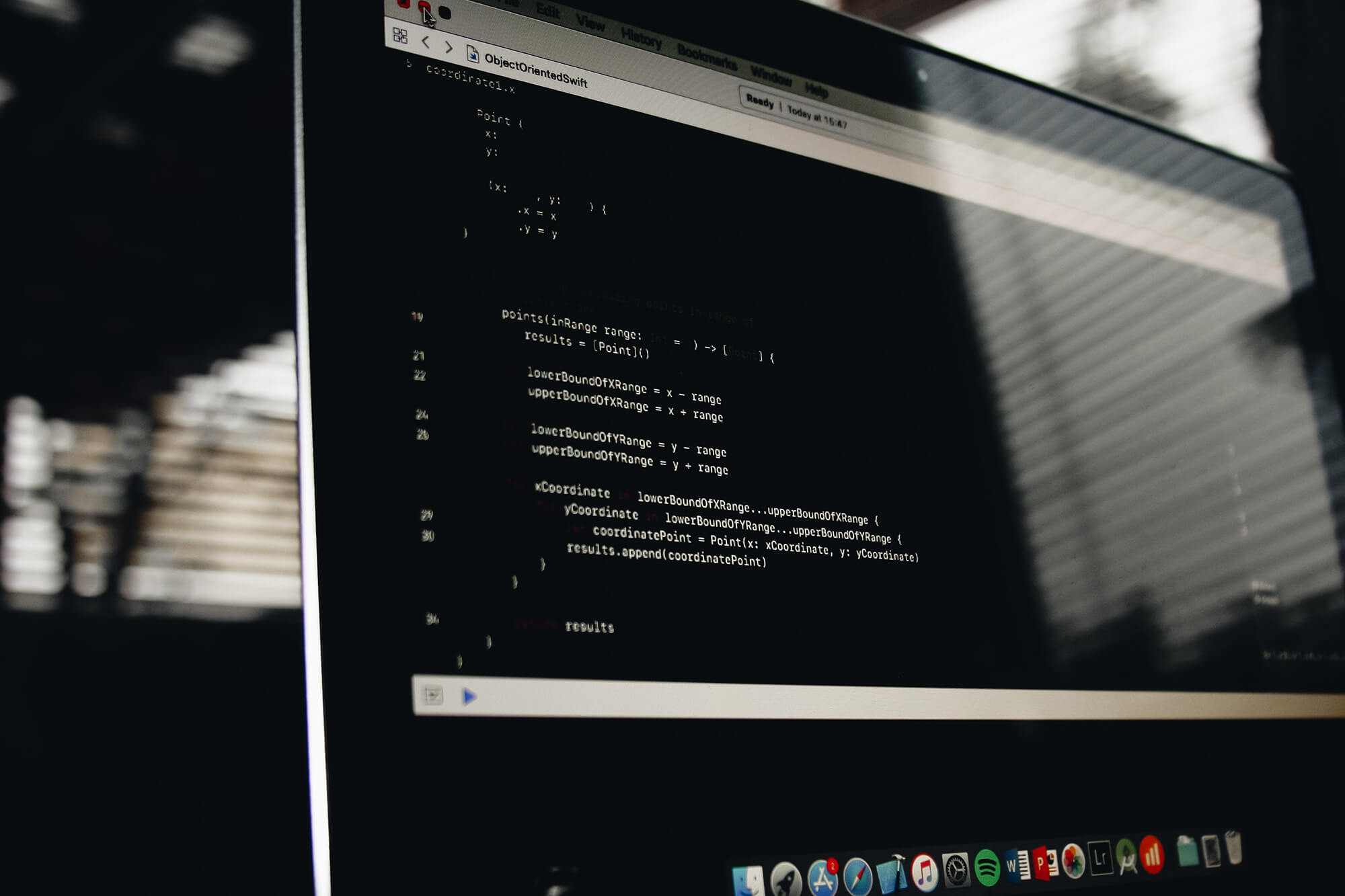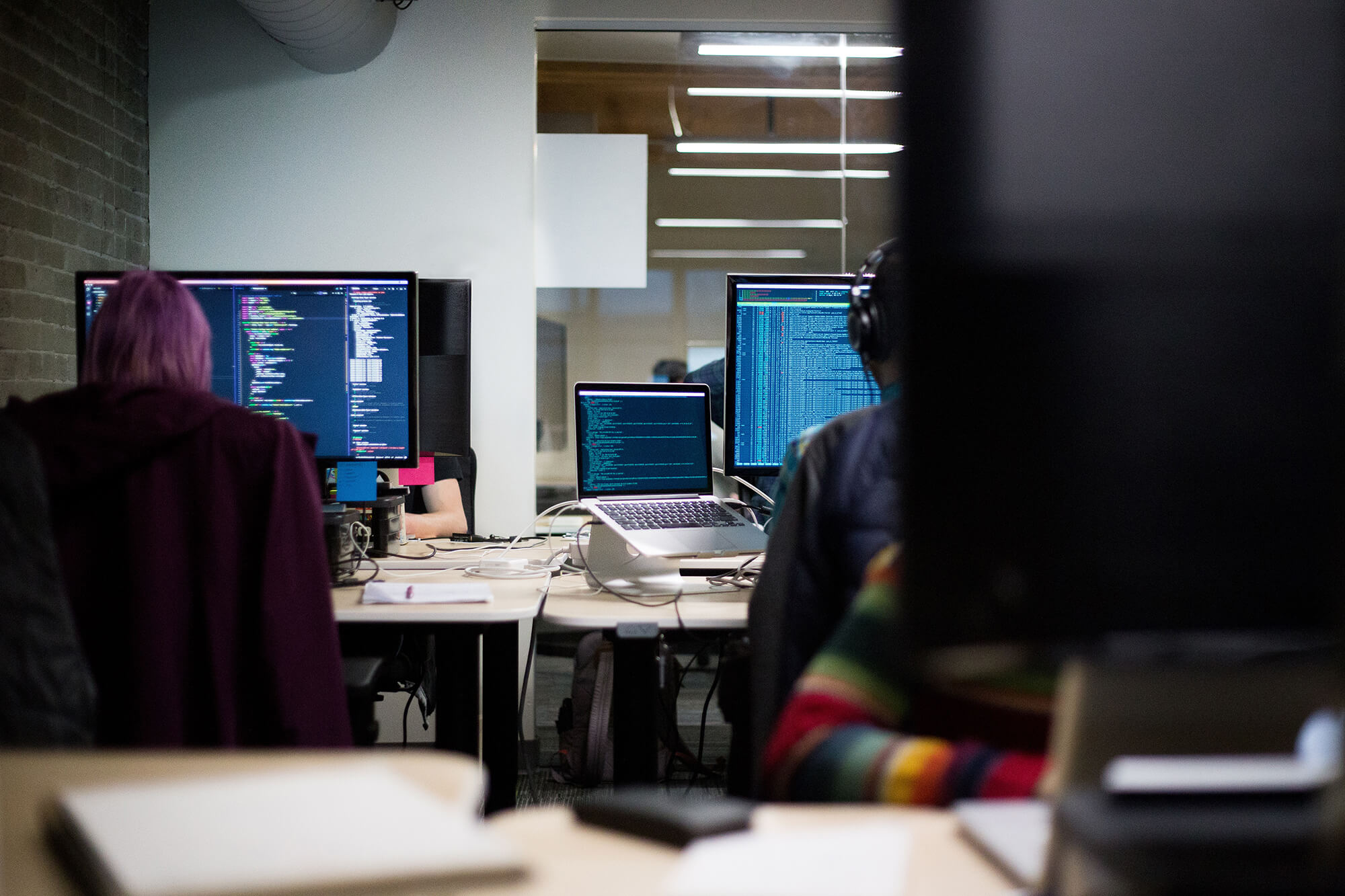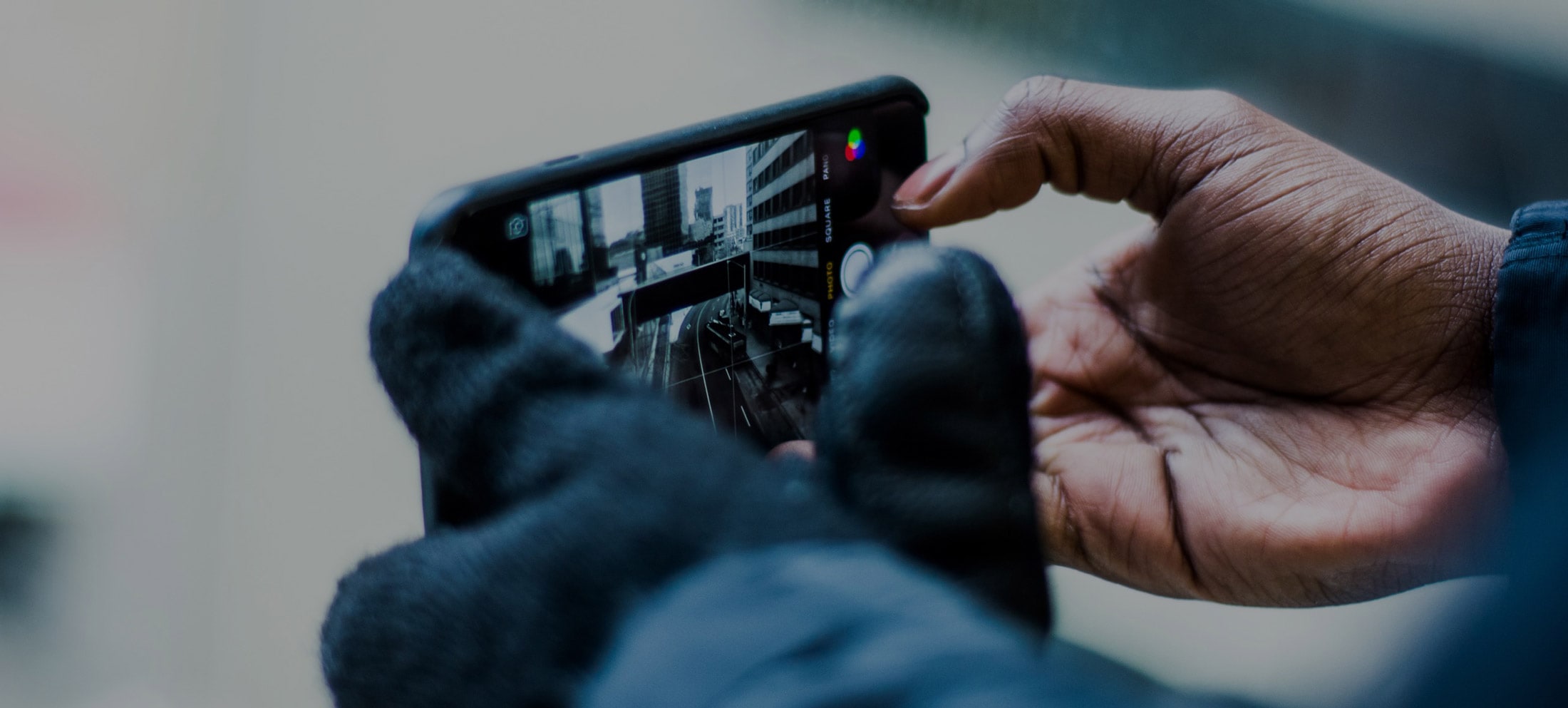To accurately estimate the costs of software design and development, it’s crucial to break down the process into its distinct phases and identify the key players involved in each stage.
The cost of software projects like websites, mobile apps, AR/VR experiences, or AI integrations is never one-size-fits-all, but this guide aims to provide helpful insights for those planning a project.
Costs of Software Design & Development
The cost of software design and development can vary widely depending on several factors: location, team experience, project complexity, and timeline. To provide a helpful estimate, let’s look at average costs in Los Angeles.
When asked about potential costs, the responses I receive can range from $5,000 to $250,000 for a website, $15,000 to $500,000 for a mobile app, and a staggering $30,000 to $1,000,000 for AR/VR experiences. It’s like asking someone outside the tech industry to guess the price of software development—the results are often wildly inaccurate.
To understand the financial side, consider the salaries for tech professionals (Software Engineers, UI/UX Designers, Product Managers, executive leadership), along with office space rent and profit margins, you can begin to see why software development projects can be expensive.
But cost is just one part of the equation. It’s equally important to evaluate the expertise and experience of the team you’re considering. A more experienced team might charge a higher rate, but they could also save you money in the long run by delivering a higher quality product more efficiently.

Factors to consider when selecting a design and development firm
When selecting a design and development firm, prioritize these key factors:
- Team Expertise: A team’s experience and knowledge directly influence the quality and innovation of their work. Look for firms with demonstrated success in your industry or similar projects.
- Client Portfolio: Review past projects to assess the firm’s capabilities, style, and the caliber of clients they typically work with.
- Timeline: While project timelines are often estimates, ensure the firm has a structured plan and realistic expectations for delivery.
- Industry Knowledge: Firms familiar with your industry can offer valuable insights and tailor solutions to your specific needs.
- Company Culture: A good cultural fit ensures smooth communication, collaboration, and a shared vision for your project.
If these elements don’t align with your goals and budget, explore other options.
Additional Considerations:
- Pricing: Expertise and experience often come at a premium. Large firms accustomed to working with major corporations may not be the best fit for startups or smaller businesses with limited budgets. Look for firms that cater to your company size and budget constraints.
- Early-Stage Companies: If your company is in its early stages, seek firms with a track record of working with startups. They’ll better understand your unique challenges and resource limitations.
Remember, choosing the right design and development firm is crucial for the success of your project. Take the time to carefully evaluate your options and find a partner who can bring your vision to life.
Culture Fit
Finally, consider the firm’s culture and client base. While some firms specialize in billion-dollar corporations or early-stage companies, it’s ideal to find one with experience in both. This ensures they have expertise working with industry leaders while understanding the cost and time constraints of startups.
Look for a firm that respects your mission, empathizes with your challenges, clearly outlines how they can help, communicates effectively, and prioritizes your success. These qualities often correlate with higher pricing, so carefully weigh these factors before choosing a design and development firm.

Conclusion
Pricing software design and development presents unique challenges. As with many things, it’s a blend of art and science. While objective factors like technical skills and project scope play a role, subjective elements like a team’s creativity, communication style, and your overall confidence in them can significantly influence the final cost—and the project’s success.
While many firms offer comparable technical expertise, it’s often those intangible qualities that set them apart. Building a strong rapport and feeling confident in your chosen team can be invaluable, even if it means a slightly higher investment.
If you’re tempted to cut costs by choosing the cheapest option, remember: the lowest price doesn’t always guarantee the best value. Investing in a team you trust, one that demonstrates a deep understanding of your vision and goals, can ultimately save you time, money, and frustration in the long run.






